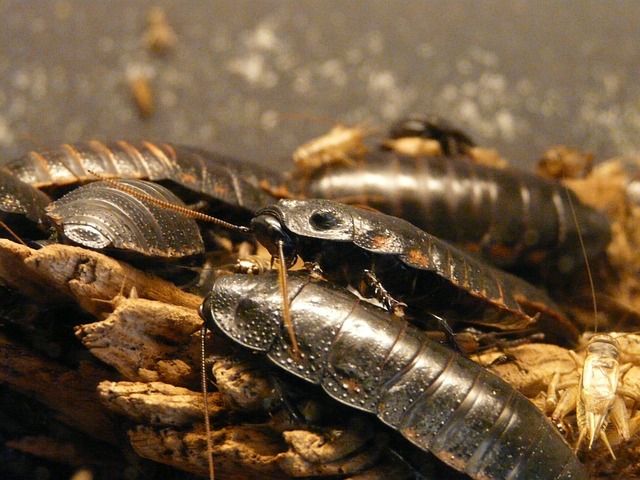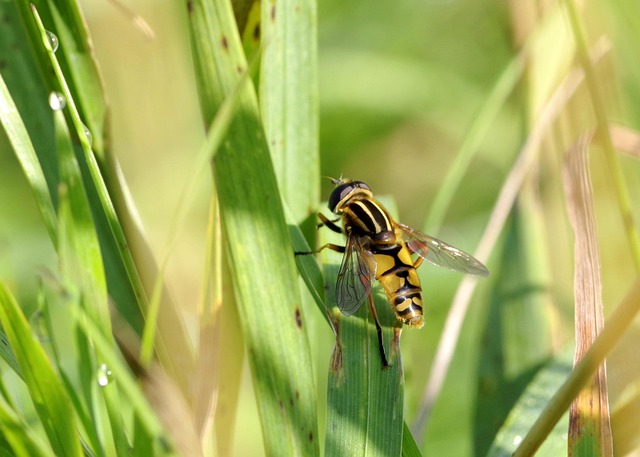
Creepy Crawlers: Exploring the Intriguing World of Cockroaches in Nature
Creepy Crawlers: Exploring the Intriguing World of Cockroaches in Nature
When you hear the word cockroach, what comes to mind? Perhaps it’s the image of a scurrying insect that has taken over a darkened corner of your kitchen or scuttling across the floor at lightning speed. While they may not be the most charming of creatures, these pests play a fascinating role in our ecosystem and can teach us much about resilience and survival in the wild.
The Role of Cockroaches in Nature
Cockroaches are often misunderstood and vilified. However, these remarkable insects have been walking the Earth for over 300 million years, adapting to various environments and climates. They thrive in diverse habitats, from lush rainforests to arid deserts. A surprising fact is that they contribute significantly to the breakdown of organic matter, facilitating nutrient recycling in their ecosystems. As scavengers, they help clean up dead plant and animal materials, ensuring the balance of nature is maintained.
A Look at Their Fascinating Adaptations
Cockroaches possess incredible adaptations that have allowed them to endure through millennia. With their flat bodies that can squeeze into the tightest crevices and their wings that enable them to fly short distances, they are masters of evasion. Their ability to survive without food for up to a month and even withstand significant doses of radiation demonstrates their resilience. These traits remind us of nature’s ingenious designs and the ability of life to adapt to challenging conditions.
Cockroaches and Biodiversity
In the vast tapestry of biodiversity, cockroaches are key players. With over 4,500 species identified and only a small fraction of those being pests, the majority of cockroaches coexist with other wildlife without issue. Some species even play a crucial role as prey for birds and small mammals. Their presence within an ecosystem can indicate its overall health, serving as a natural indicator of environmental changes.
Shifting Perspectives
As we delve into the world of cockroaches, it’s important to shift our perspectives regarding these insects. While they may invoke feelings of disgust or fear, they also inspire curiosity. Observing cockroaches in their natural habitats can reveal their unique behaviors and social structures. For instance, some species communicate through pheromones and touch, showcasing a level of complexity that rivals that of many animals we commonly admire.
The Intriguing Anatomy of Cockroaches
Cockroaches are equipped with sensory organs that make them exquisite survivors. Their compound eyes offer a wide field of vision, helping them avoid predators. Additionally, their long antennae are finely tuned to detect chemical signals and navigate their environment. Each of these adaptations highlights the intricate ways in which cockroaches interact with their surroundings, showcasing the wonder of evolution in action.
In reflecting on these intriguing characteristics, we can appreciate that the world of cockroaches is not merely one of pests but a vivid illustration of nature’s ingenuity and balance. So next time you spot a cockroach on the wall or under your sink, take a moment to consider the fascinating life it leads, silently playing its part in the grand narrative of the natural world.


